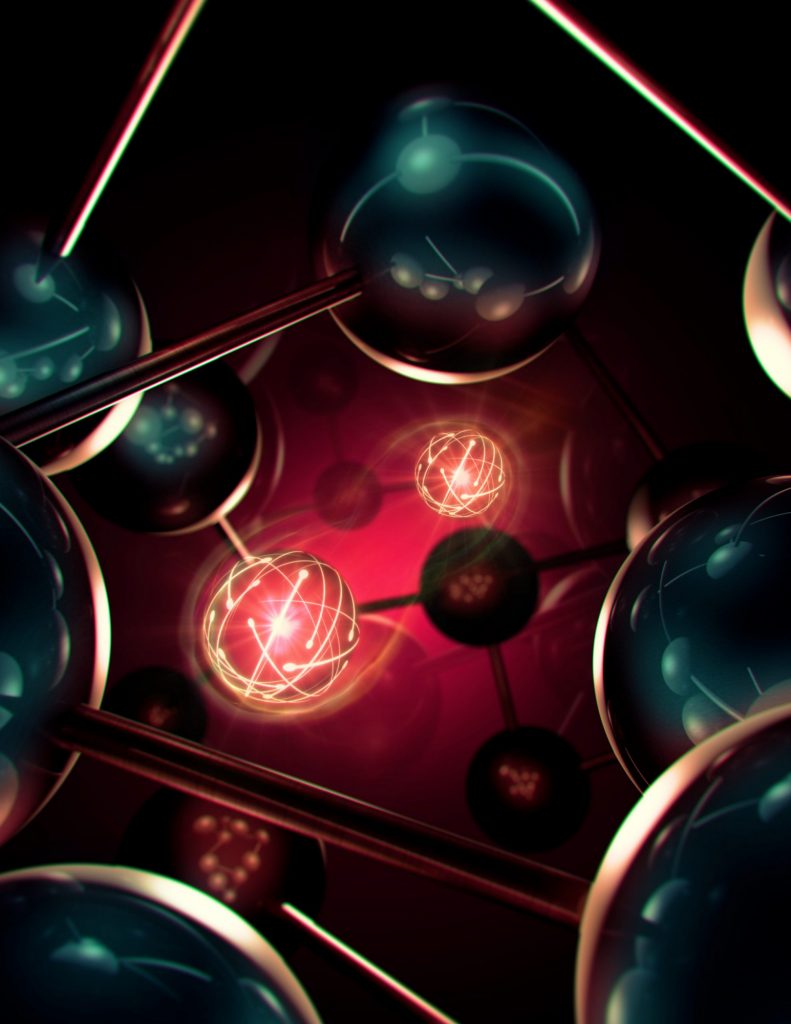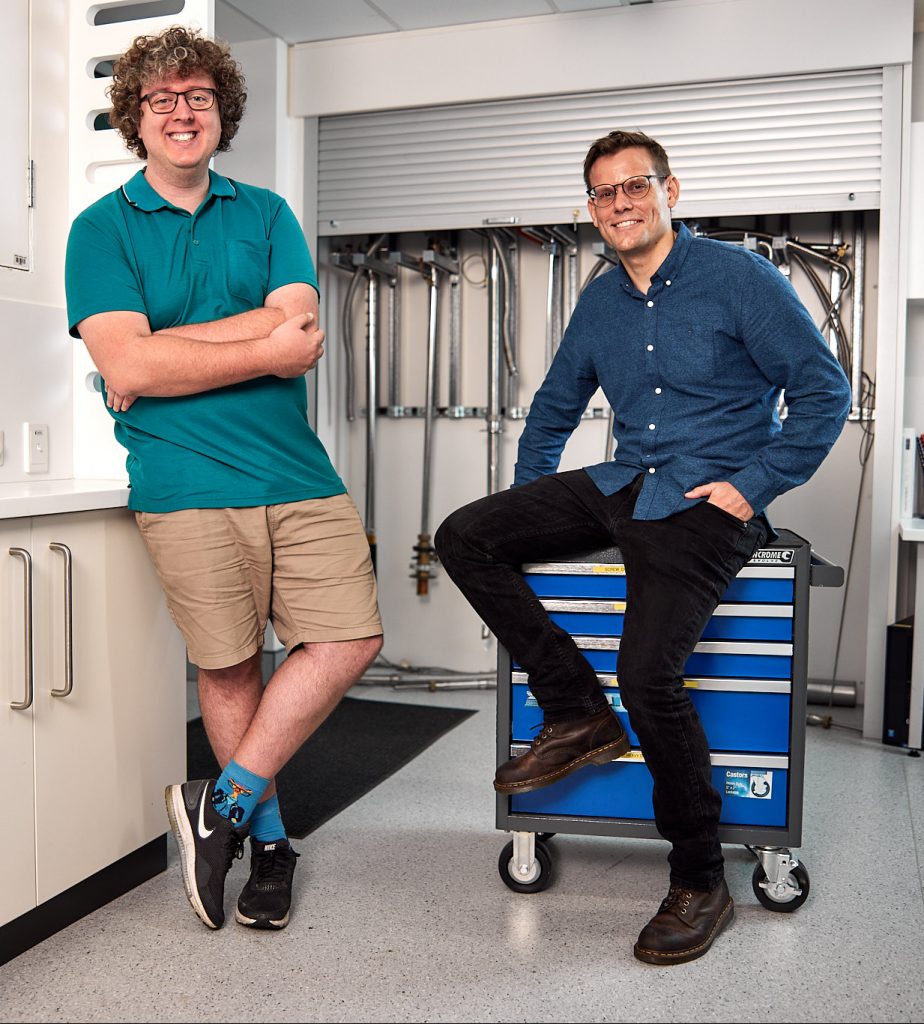High-fidelity CNOT gate for donor electron spin qubits in silicon
Sydney, Australia, 6th March 2023 – Silicon Quantum Computing (SQC) has announced another important theoretical milestone. Recently released as an Editors highlight in the journal Physical Reviews Applied, the SQC team has demonstrated that the nuclear spins inherent to atom qubits in silicon can be used as atomic magnets to boost the fidelities of two-qubit logic gates. For the case of CNOT gates this approach of engineering qubit positioning with atomic precision coupled with using isotopically purified silicon showed that fidelities as high as 99.98% were achievable.

Realisation of a large-scale quantum computer will ultimately require thousands to millions of qubits maintaining single and two-qubit gate fidelities above 99% for each and every qubit. Epitaxial atom-based spin qubits in silicon have demonstrated excellent qubit properties and benefit from the outstanding scalability of the silicon material platform. In this work we use extensive numerical simulations to account for all known noise sources and show that two-qubit gate fidelities as high as 99.98% can be realistically achieved.
A central theme underlying our work is the concept that the nuclear spins inherent to the atom qubits can be used as atomic magnets. Here multi-donor quantum dot qubits provide strong electron confinement, leading to increased couplings between the electron spin and each of the donor nuclear spins. Consequently, the energy splitting of the electron spin qubit can be efficiently tuned by controlling the corresponding nuclear spin states. This means that the relative energy separation of two adjacent electron spin qubits can be optimised by controlling the nuclear spin orientation to execute logic gates efficiently and with low error rates.
This work provides a roadmap of atom qubits in silicon showing how to optimise two-qubit gates at both the design and measurement stages.
Read the full paper here – High-fidelity CNOT gate for donor electron spin qubits in silicon, in Physical Review Applied.

Pictured: Authors of High-fidelity CNOT gate for donor electron spin qubits in silicon – Sam Gorman and lead author, Ludwik Kranz
